Warning Systems Enabled by Medium-Earth Orbit Are Crucial
The U.S. Space Force, working closely with the Space Development Agency and the Missile Defense Agency, is pursuing a system of advanced sensors in medium-Earth orbit (MEO) as part of a larger missile warning and tracking capability, explained Lt. Col. Brandon Castillo, system program manager, Resilient Missile Warning Tracking Program, Space Systems Command (SSC), U.S. Space Force, in an interview with SIGNAL Media.
Castillo characterizes as “aggressive” and “sophisticated” our adversaries’ actions and capabilities in space. The United States, therefore, must protect itself, as well as add more resiliency to its space-based alert systems.
The concept is to deploy multiple, smaller interconnected satellites in MEO—as opposed to a few large, exquisite platforms—thereby making the entire system less vulnerable to attacks, with the failure of one space vehicle having a smaller impact on the overall system, the system program manager said. The use of overhead persistent infrared (OPIR) sensors in MEO—and in low-Earth orbit (LEO)—is novel; the military traditionally placed OPIR capabilities in geostationary or highly elliptical orbits.
“We are delivering the first-ever missile warning tracking satellites in orbit,” Castillo emphasized. “By having OPIR sensors in both the MEO and LEO layers, that really helps us track these dim, fast-moving targets better.
And by having this proliferated resilient MWT [missile warning tracking] capability across multiple orbits in the OPIR architecture, it will be that much harder for our adversaries to deny us.”
The Space Force is also pursuing two types of groundbreaking moving target indicators, reported Lt. Gen. DeAnna Burt, USSF, deputy chief of Space Operations for Operations, Cyber and Nuclear.
To start, SSC’s Resilient MEO Missile Warning and Tracking program is the command’s contribution to the overall MEO and LEO architecture pivot that the military is pursuing.
“We have growing threats posed by our adversaries who are expanding their space capabilities, developing counter-space weapons and targeting systems across our military, commercial and allied domains,” Castillo stated. “Our MEO payloads will be capable of tracking missile launches, hypersonic missiles and hypersonic glide vehicles from MEO orbit.”
SSC is in the second increment (Epoch 2) of multiple three-year phases to rapidly field sensor capability and coverage. The first Epoch 2 initial launch capability is planned for fiscal year 2029, with BAE Systems awarded the $1.2 billion contract on May 29 to deliver 10 associated Epoch 2 space vehicles.
The service aims to have the MEO warning and tracking system up and running in the early 2030s.
“The second spiral delivery of space capability under our MEO program, EPOCH 2, will populate MEO with additional missile warning, missile tracking sensors, and build upon our EPOCH 1 architecture,” Castillo explained. “This approach helps to deliver a proliferated multiplane architecture that is very resilient against counter space threats and is real effective at tracking advanced missile threats and hypersonic glide vehicles.”
As the service’s acquisition arm, SSC pursued a quick acquisition cycle leveraging an Other Transaction Authority (OTA) vehicle. “This phased EPOCH approach allows for technical insertion throughout the program life cycle, and it enables consistent competition, leveraging the best of our commercial capabilities across multiple vendors,” he said. “And we had a lot of engagements with industry to reach a mutual understanding of our requirements. We got a lot of positive feedback from industry in how we did our acquisition.”
The MWT Program is part of a combined program office between SSC, the Space Development Agency—where Castillo served during his last tour—and the Missile Defense Agency. This arrangement has helped to synchronize and integrate the advanced space system architectures to best meet warfighter needs.
“This unity of effort has allowed multiple stakeholders to align their efforts across the entire OPIR mission set,” the system program manager said. “This helps to ensure that broad requirements of the strategic missile warning, missile track and missile defense community are met, enhanced and have overall interoperability.”
The service’s Space Warfighting Analysis Center helped derive the architecture and acquisition approach, based on an initial missile warning, missile tracking and missile defense force design from 2022. The MWT program was the first mission area to receive a force design plan from the center.
“This force design placed OPIR sensors in various orbits to deliver a robust set of OPIR technologies capable of deterring and defeating a wide range of emerging threats,” Castillo shared. “And as a program office, we established performance-based requirements at a higher level than for individual satellites, which allowed industry to propose innovative solutions and smaller systems to meet these requirements. By purchasing systems from multiple vendors, we can maximize capability across the entire MEO system, instead of being reliant on one vendor’s particular solution.”
Another groundbreaking technology that the Space Force is pursuing is GMTI, or ground moving target indicator, and building on that, for the future, air moving target indicators (AMTI).
These satellite constellations will help the military move toward its vision to connect sensors to shooters, for Joint All-Domain Command and Control (JADC2) across the air, ground, sea and space, explained the soon-to-be-retired Burt, who spoke to Jennifer Reeves, senior resident fellow at the Mitchell Institute, during a Schriever Spacepower Series presentation on August 4.
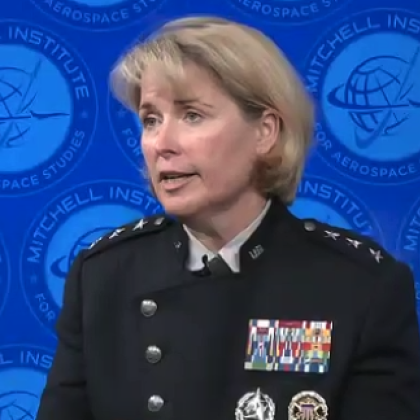
One of the most groundbreaking capabilities currently being worked on is the ability to track threats in real time from space and then relay that precise information to the shooters on the ground, at sea and in the air.
To help protect the United States, the military needs the ability to track targets moving through the air, on the ground, at sea, and to relay targeting information from the sensors to shooters that can take action on threats, all part of that lofty JADC2 goal, or even Combined JADC2, with international coalition partners.
For GMTI, the Space Force is next, launching satellites with electro-optical and low-end radar capabilities, Burt said, noting that the service has already launched “quite a few” related satellites for a communications mesh network that will allow the other satellites to transfer data.
“One of the most groundbreaking capabilities currently being worked on is the ability to track threats in real time from space and then relay that precise information to the shooters on the ground, at sea and in the air,” explained Burt. “And we are learning right now, every day with GMTI.”
In creating the indicator capabilities, Burt noted that the Space Force is working “very closely” with the National Reconnaissance Office and the National Geospatial-Intelligence Agency (NGA).
The parties are leveraging the NGA’s year-old Joint Mission Management Center (JMMC) at the agency’s headquarters in Springfield, Virginia. The JMMC is the joint hub for space intelligence data collected from the Defense Department, various intelligence agencies and international parties, meant to inform decision-making.
“[We are] really building off their expertise in looking at moving targets, and how do you pull multiple intelligence capabilities together to execute that,” Burt stated.
Space Delta 7, the Space Force’s unit for intelligence, surveillance and reconnaissance and targeting, is the lead to deliver GMTI capabilities. Already, a small detachment of guardian operators from Delta 7 is co-located at the JMMC, to develop tactics, techniques and procedures for GMTI and to inform AMTI.
The idea is that the service, for GMTI, would allocate time on a satellite through a regional element and service component at the U.S. combatant commands—such as the Space Force representative to the U.S. Indo-Pacific Command—who would present that to INDOPACOM for their direct tasking.
“No one else touches that time,” Burt said. “How you apportion capability to the combatant commanders, that will be done through service components.”

This phased EPOCH approach allows for technical insertion throughout the program life cycle, and it enables consistent competition leveraging the best of our commercial capabilities across multiple vendors.
The service is also presenting forces to each of the combatant commanders, to begin the understanding on all sides of how force presentation should look. Each of the commanders, when given their allocation on GMTI, would then integrate actions into their region’s mission sets and task them directly, machine-to-machine, Burt explained.
In connecting sensor to shooter, either on the ground and later in the air, the idea would be that Delta 7, as lead, would report activity to the Space Force and the team at Vandenberg Space Force Base, “to then collate and bring all of that together and act on behalf of the Joint Staff,” she said.
At first, the Space Force is working with the “big three”: INDOPACOM, as that region contains the main U.S. pacing threat; U.S. Central Command, because it has a very large contingent and components already stood up; and the U.S. European and Africa Command, Burt shared.
“As we have seen the threats shift, we’ve started to look now at where we are with the southwest border,” she stated. “How do we continue to support NORTHCOM [U.S. Northern Command] and STRATCOM [U.S. Strategic Command] and shore up the southwest border. So, we’ve started to add more personnel to those. We don’t have timelines on additional stand-ups in those COCOMS [combatant commands], but I think those will continue to be the focus, defending the homeland and the southwest border.”
In addition to launching the initial GMTI satellites, the Space Force has also conducted numerous exercises and tabletops to learn how to execute the assets in real time—and all this knowledge is helping to inform the future AMTI. The service is in the early stages of testing AMTI satellite prototypes in conjunction with the Air Force and NORTHCOM.
“Every bit of that learning on GMTI will apply to air moving target indicators,” Burt stressed. “And we are working with a variety of commercial entities and industry partners on what the different phenomenologies are that would allow us to attract air moving target indicators.”
In addition, the service is conducting an analysis of alternatives, due this fall, which will lay out how the guardians can leverage GMTI.
“How do we look at that as we go into the tasking and the communications to get that information from the sensor all the way down to the shooter, working through the C3BM [Department of the Air Force Program Executive Office for Command, Control, Communications and Battle Management] folks, the JADC2 folks with [Maj. Gen.] Luke Cropsey’s team, and all of that is interconnected in that network. So, I think there’s a lot of to be learned from GMTI and how we apply that to AMTI.”
Congress is considering future spending levels for AMTI, with $2.2 billion currently earmarked in the military’s FY 2026 budget.
Additionally, Burt expects the analysis of alternatives to help shed light on the funding needs and how the military can perform the necessary research, development, testing and engineering for the AMTI capability.
“[The goal is] to be able to say, ‘Okay, that is an air moving target,’ and then pass it to a combat controller working with aircraft, or deliver it directly to the cockpit as needed.”
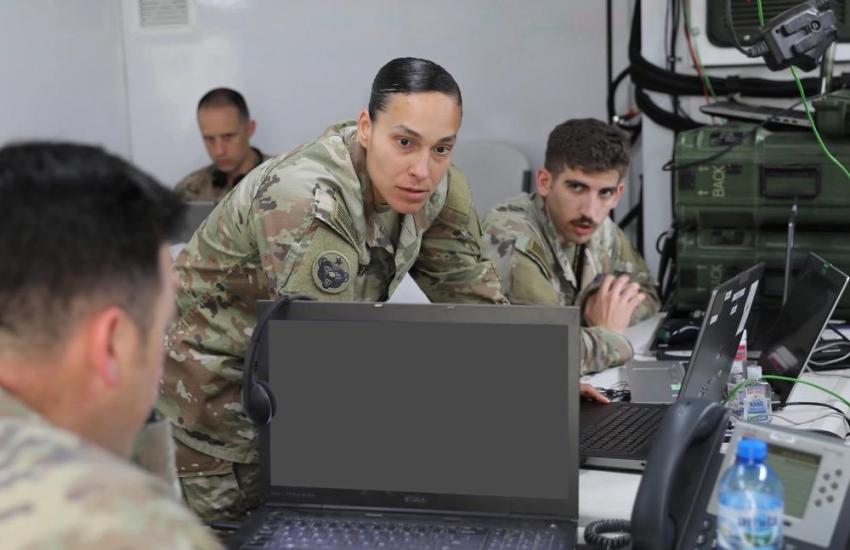
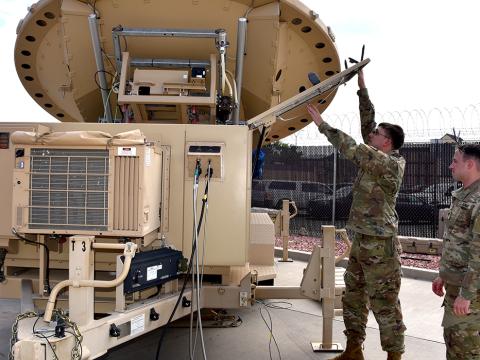
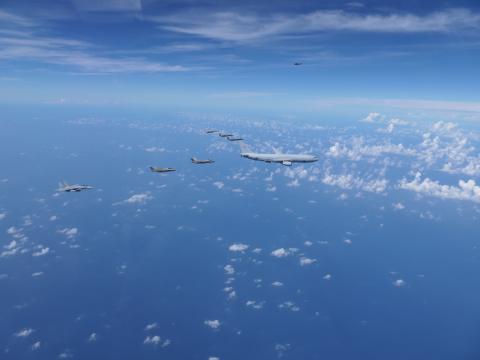
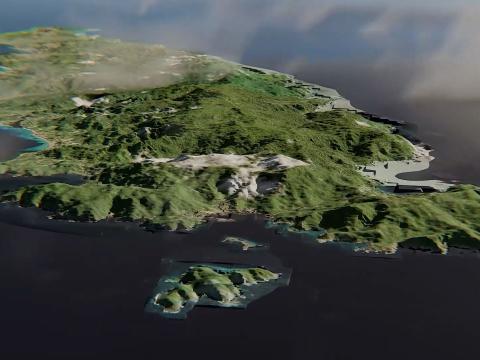
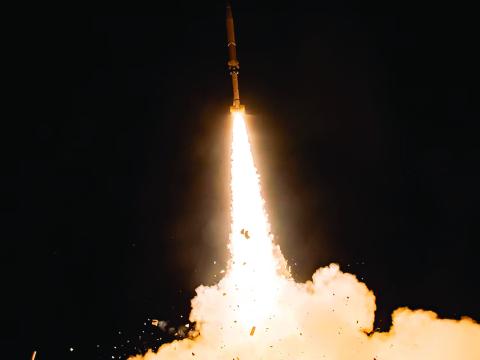
Comments